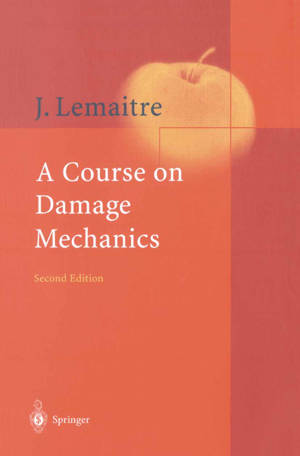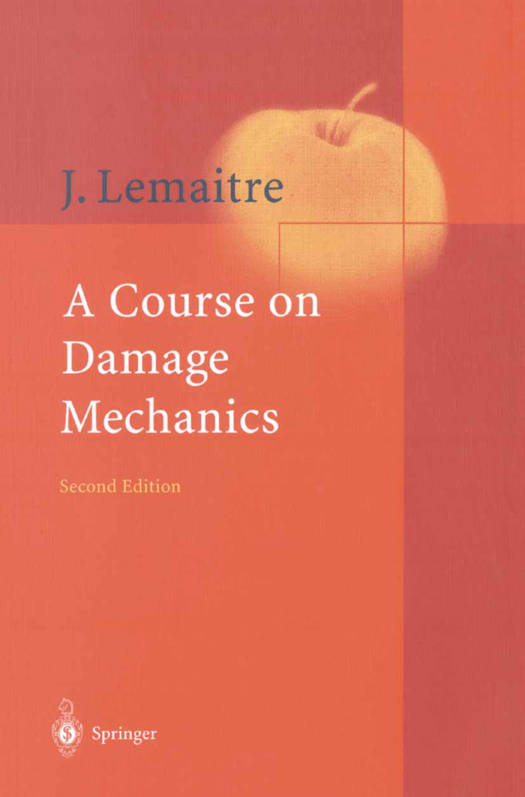
- Afhalen na 1 uur in een winkel met voorraad
- Gratis thuislevering in België vanaf € 30
- Ruim aanbod met 7 miljoen producten
- Afhalen na 1 uur in een winkel met voorraad
- Gratis thuislevering in België vanaf € 30
- Ruim aanbod met 7 miljoen producten
Zoeken
€ 152,95
+ 305 punten
Omschrijving
A new branch of science usually develops thus. Somebody publishes the basic ideas. Hesitatingly at first, then little by little, other original contributions appear, until a certain threshold is reached. Then, overview articles are printed, conferences are held, and a first mention is made in textbooks, until specialized monographs are written. Continuum damage mechanics has reached that status now. To analyze or, if possible, to predict the failure of machine parts or other structures is one of the main goals of engineering science. Consequently fracture mechanics became one of its leading branches. It was based on the analysis of existing cracks. However, especially under conditions of cyclic loading, this might be too late to prevent a disaster. Therefore, the question regarding the precursory state, that is, the evolution of internal damage before macrocracks become visible, was then posed. One of the successful approaches to the problem was Weibull's theory which examined, in a statistical manner, the " weakest link" in the material volume under consideration. Unfortunately it proved too difficult mathematically to be applied to complicated parts or structures. Therefore it was highly appreciated by the scientific community when L. M. Kachanov published in 1958 a simple model of material damage which subsequently could be extended to brittle elastic, plastic or viscous materials under all conditions of uniaxial or multiaxial, simple or cyclic loadings, so that it may be considered nearly universal.
Specificaties
Betrokkenen
- Auteur(s):
- Uitgeverij:
Inhoud
- Aantal bladzijden:
- 228
- Taal:
- Engels
Eigenschappen
- Productcode (EAN):
- 9783540609803
- Verschijningsdatum:
- 14/06/1996
- Uitvoering:
- Paperback
- Formaat:
- Trade paperback (VS)
- Afmetingen:
- 156 mm x 234 mm
- Gewicht:
- 358 g

Alleen bij Standaard Boekhandel
+ 305 punten op je klantenkaart van Standaard Boekhandel
Beoordelingen
We publiceren alleen reviews die voldoen aan de voorwaarden voor reviews. Bekijk onze voorwaarden voor reviews.








